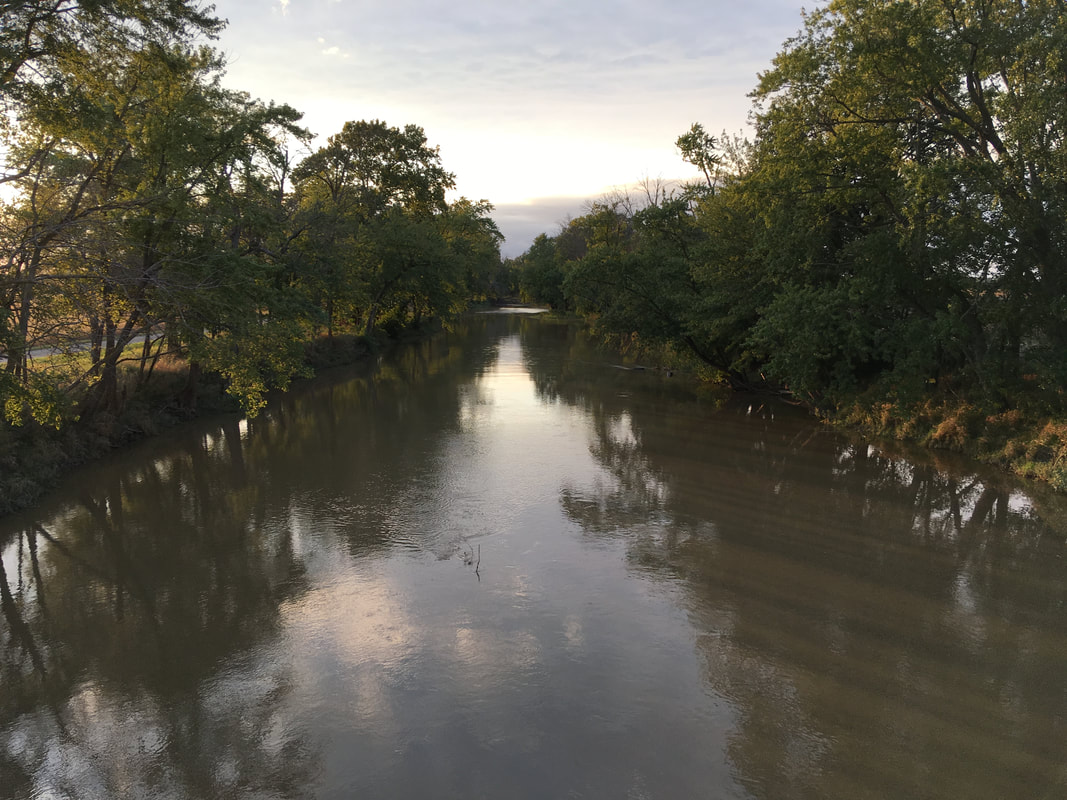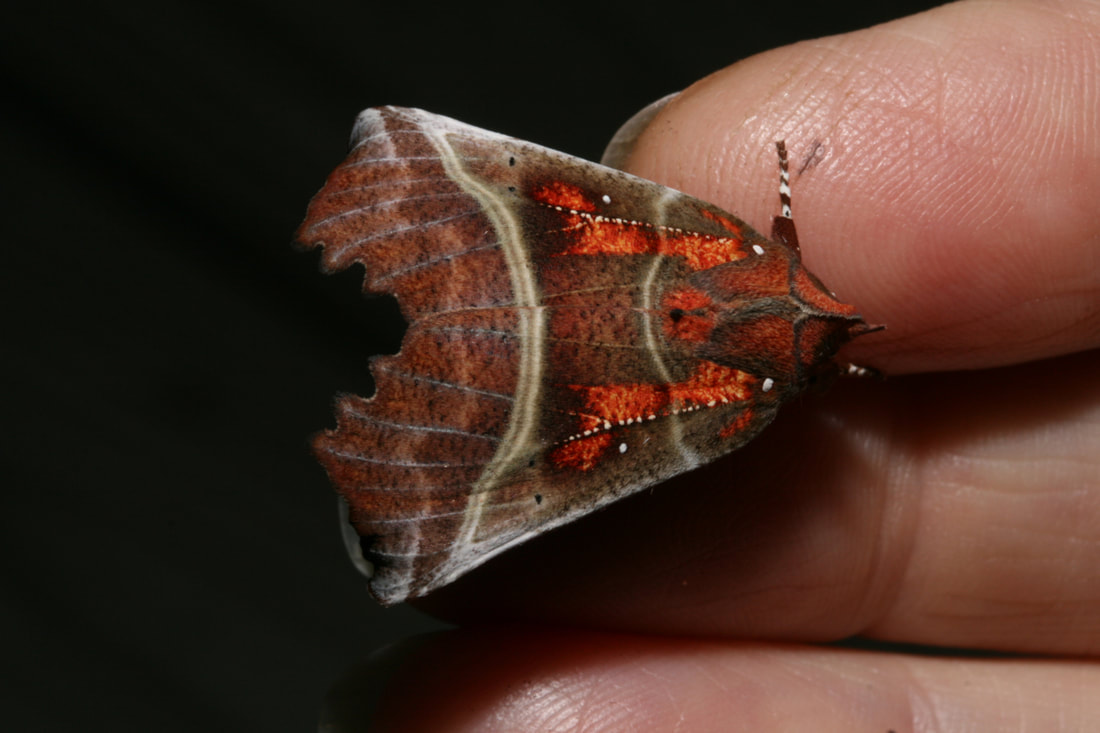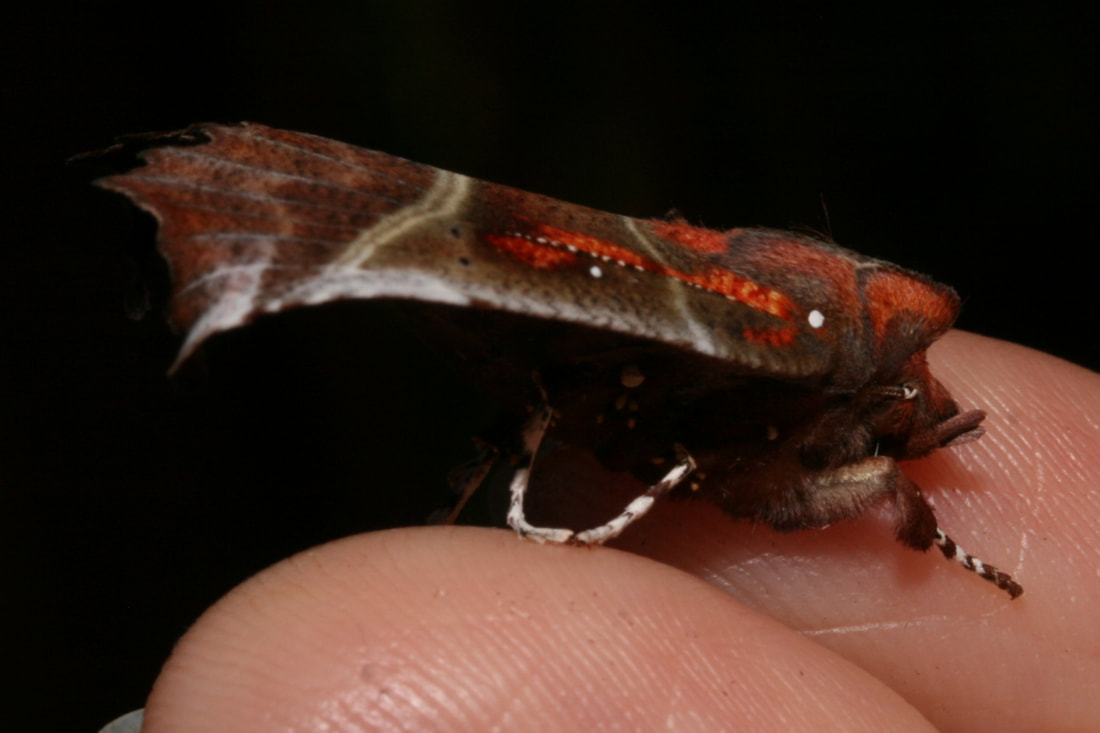By Terri Gorney
Where was the magical place that Gene called Paradise on the Wabash? In a 1903 article, Gene gave clues to where it was located. She mentions Stanley's end, Shimp's farm, a favorite picnic, fishing and swimming sot along the river. It was also a place she could easily reach by carriage as she wrote that "almost every day there was some wonder for her" at this place.
Gene spent summers in the field working on bird studies. Paradise on the Wabash was where she photographed many birds and their nests. Gene gave Bob Black credit for finding over forty bird nests for her to photograph. Bob, like Gene, had a way with birds. Gene wrote that "the birds trusted him."
In helping her with her studies, Gene wrote that oil men were the best "whether it was a millionaire lease holder or a ditcher in a trench." Bob Black was an oil man as was J. W. Paxson. Gene wrote that Bob was her best field worker and that Paxson was her best Limberlost guide. Gene would be lifelong friends with Bob.
At Paradise on the Wabash, with bob's help, Gene was able to photograph many birds and their nests. Gene penned that there was a scarlet tanager nesting in a mulberry tree, a vireo in an elm tree, a masked warbler (common yellow throat) in a wild plum, a crested flycatcher in a giant maple, a cardinal in a red haw. She also mentions a cuckoo, catbirds, robins, blue jays, doves and goldfinch. She noted that every hollow tree had flicker sapsucker, woodpecker or nuthatch.
There was one bird in this area that Gene did not like It was the cowbird. The reason is that they deposit their eggs in another bird's nests to let them incubate and raise, sometimes to the detriment of their own young. She referred to them as "the feathered interloper." Bob found a nest that contained an extra cowbird egg. Gene asked him to leave it as she wanted to use that nest as a study.
Paradise on the Wabash is on the east side of Geneva between the Wabash River and Riverside Cemetery. It was where Bob worked on the Stanley's Oil Lease. This area was sometimes referred to in the Geneva Herald as Bob Black's Park.
Today it is still a thriving place for bird life. The birds that Gene recorded over one-hundred years ago are still here. Those birds, as well as pelicans, snow geese, greater white-fronted geese, pileated woodpeckers, bald eagles, barred and great horned owls, and red-shouldered haws have all been seen in this area. Gene's Paradise on the Wabash lives on!



 RSS Feed
RSS Feed
